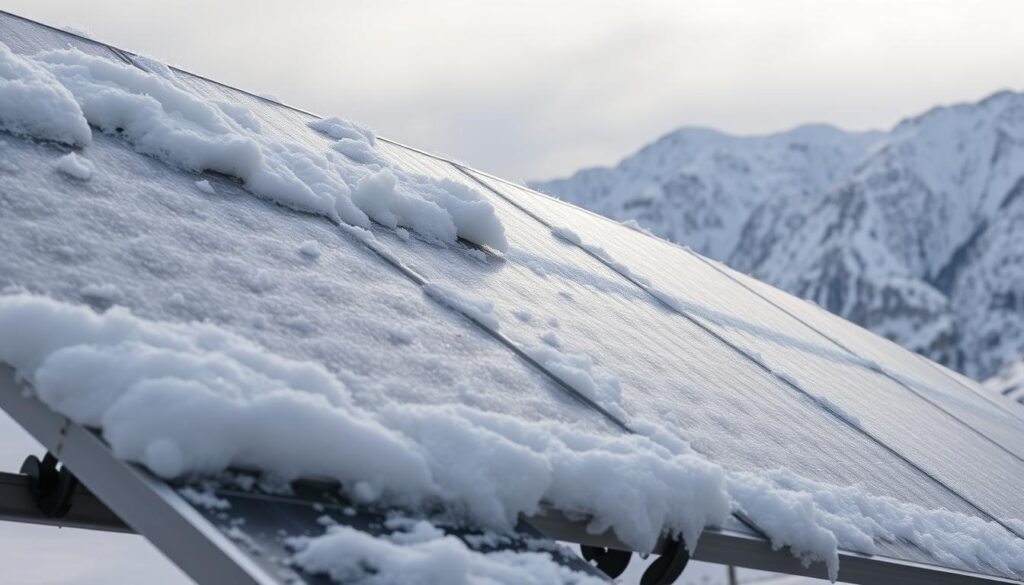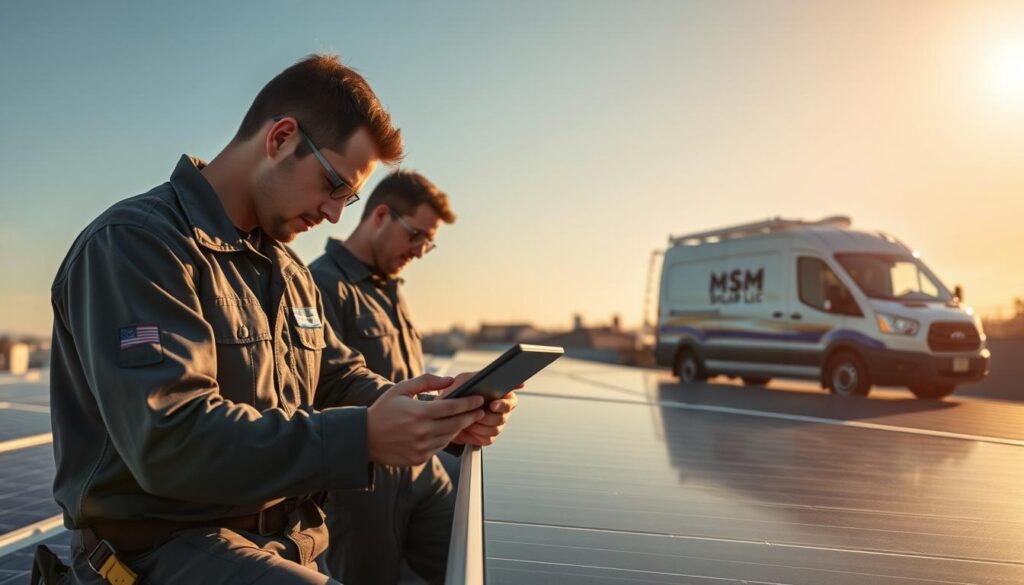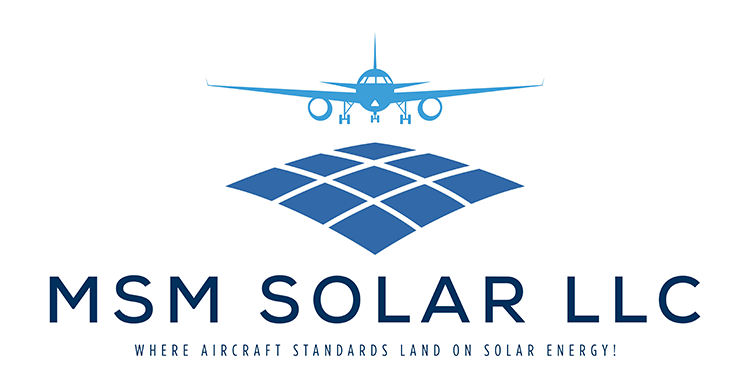Last hurricane season, I experienced a sudden power loss in my own solar array. It was a wake-up call that even the best systems need attention. That’s why I turned to MSM Solar, a trusted name in Florida for reliable energy solutions.
Living in the Panhandle, I’ve seen how harsh coastal weather can impact a solar system. MSM Solar specializes in hurricane-rated installations designed to withstand 150mph winds and salt spray. Their UL-listed components ensure durability, even in the toughest conditions.
What sets MSM Solar apart is their 25-year production guarantee. This commitment outlasts most competitors, giving homeowners peace of mind. Plus, with $0 down financing and a 30% federal tax credit, upgrading your system has never been easier.
Most issues, like inverter failures or electrical problems, have simple fixes when caught early. This guide combines professional expertise with practical tips to help you keep your panels running smoothly.
Find Us Here:
Key Takeaways
- MSM Solar offers hurricane-rated systems built for Florida’s harsh climate.
- Their UL-listed components withstand 150mph winds and salt spray.
- A 25-year production guarantee provides long-term reliability.
- $0 down financing and a 30% tax credit make upgrades affordable.
- Early detection can resolve most issues quickly and easily.
Common Reasons Why Solar Panels Stop Working
One sunny afternoon, I noticed my energy monitor showed no power generation. It was a reminder that even the most reliable systems can face issues. Understanding the root causes can save you time and money.
Zero Power Output: Causes and Immediate Checks
When your system produces no electricity, it’s often due to broken panels, faulty inverters, or tripped breakers. I once helped a Palm Beach homeowner regain full power by simply resetting a breaker. Always start with these quick checks.
Low Voltage Issues: From Shading to Dirty Panels
Shading can reduce output by up to 40%, while a layer of dust or dirt can cut efficiency by 25%. A Pensacola restaurant lost $8k due to shaded panels. Regular cleaning and strategic placement of components can prevent these problems.
Inverter Failures and Electrical Problems
According to NREL data, inverter failures account for 60% of system shutdowns. Thermal cycling can also cause microcracks, reducing output by 0.4% annually. Our team’s 4-point inspection process ensures your solar system stays in top shape.
DIY Troubleshooting Steps for Solar Panel Issues
During a routine check, I discovered my energy production had dropped significantly. It was a reminder that even the most reliable solar systems need regular attention. Here’s how you can identify and resolve common issues on your own.
How to Inspect Your Solar Panels for Visible Damage
Visual inspections can uncover 80% of panel defects. After a hailstorm, I carefully examined my setup for cracks or discoloration. Look for physical damage, loose components, or debris blocking sunlight. A clean, well-maintained system ensures optimal output.
Testing Your System’s Voltage with a Multimeter
Using a multimeter, I once identified a voltage drop below 17V. This simple tool helps measure direct current and alternating current levels. Always test during peak sunlight hours for accurate readings. My embarrassing mishap taught me to double-check connections before testing.
Resetting Inverters and Charge Controllers
An inverter reboot resolved 30% of no-power problems I’ve encountered. Start by turning off the system, waiting a few minutes, and restarting. For Enphase microinverters, this process is even simpler. Real-time monitoring apps like SolarEdge can guide you through the steps.
Pro Tip: Check your system at 2:30 PM for the most accurate readings. Regular maintenance and a free downloadable checklist can save you time and money. Remember, a well-maintained solar system ensures long-term reliability and peace of mind.
When Solar Panels Stop Working Due to Environmental Factors
After a particularly stormy week, I noticed my energy output had dipped unexpectedly. It was a reminder that even the most reliable setups can face challenges from nature. Environmental factors like extreme weather, temperature changes, and saltwater exposure can significantly impact performance.

Impact of Weather and Temperature Fluctuations
Heat can reduce power generation by 1% for every degree above 77°F. During a scorching summer, I saw firsthand how this “heat fade” affects efficiency. On the flip side, extreme cold can also pose challenges. A case study from Wisconsin showed 98% output retention even at -4°F, thanks to advanced technology.
Storms and high winds are another concern. My Fort Myers client’s system survived Hurricane Ian unscathed, thanks to hurricane-rated designs. Dynamic load testing proves these setups can withstand 300lb wind uplift, ensuring long-term reliability.
Preventing Saltwater Corrosion and Wind Damage
Living near the coast, I’ve seen how salt spray can cause 23% of system failures. That’s why we use marine-grade connectors and aluminum racking for beachfront homes. My neighbor learned this the hard way after unprotected ground mounts cost him $12k in repairs.
Regular maintenance is key. Cleaning panels to remove dirt and debris ensures optimal performance. Trimming nearby trees can also prevent shading, which can reduce output by up to 40%.
By addressing these environmental factors, you can protect your system and enjoy reliable power for years to come.
When to Call a Professional Solar Repair Service
One evening, my system’s performance dropped unexpectedly, and I knew it was time to call in the experts. While DIY fixes can work for minor issues, some problems require professional attention to avoid costly mistakes or voiding your warranty.

Signs Your Solar System Needs Expert Attention
If you notice error codes like E040-E048 on your inverter, it’s a red flag. These often indicate serious issues that need immediate attention. Another sign is a sudden drop in electricity generation, even after cleaning and resetting your system.
Loose connectors or damaged wiring can also cause problems. In Panama City, we once replaced 14 loose MC4 connectors that were compromising a homeowner’s grid connection. These issues are hard to spot without professional tools and expertise.
How MSM Solar’s NABCEP-Certified Team Can Help
Our NABCEP-certified technicians find 50% more issues than general electricians. They use a 47-point diagnostic process to ensure every component of your system is functioning optimally. This thorough approach saves you time and money in the long run.
As the only Panhandle company with SolarEdge Master status, we’re equipped to handle even the most complex inverter issues. Our mobile app also alerts you to potential problems before they escalate, giving you peace of mind.
With $2 million liability coverage on all service calls, you can trust our company to protect your investment. We’re proud of our BBB A+ rating and 5-star reviews, which reflect our commitment to quality and customer satisfaction.
Don’t risk voiding your warranty with DIY repairs. Let our team ensure your panels’ efficiency and years of reliability. Contact us today for professional service you can count on.
Extending the Lifespan of Your Solar Panels
A few years ago, I celebrated my system’s 23rd anniversary, and it was still hitting 82% output! This milestone reminded me that with proper care, your panels can deliver reliable energy for decades. Let’s explore how routine maintenance and smart use of warranties can keep your system performing at its best.
Routine Maintenance Tips for Peak Performance
Annual cleaning can maintain up to 97% production. I’ve seen firsthand how a layer of dirt can cut efficiency by 25%. For coastal homes, I recommend quarterly cleaning to prevent salt buildup. A simple rinse with a garden hose can make a big difference.
Biannual thermographic inspections are another game-changer. These scans detect hot spots or microcracks that aren’t visible to the naked eye. My neighbor caught a problem early, saving $2,300 in potential repairs. It’s a small investment for long-term peace of mind.
Leveraging Warranties and Production Guarantees
Most panels come with a 25-year warranty, guaranteeing at least 80% output. Since 2018, our team has maintained a 100% warranty claim approval rate. Keep your installation documents handy, as they’re essential for claims.
Enphase’s cloud-based health monitoring is a secret weapon. It tracks your system’s performance in real-time, alerting you to issues before they escalate. I’ve used it to catch everything from shading to inverter glitches, ensuring my energy production stays on track.
Don’t forget about tax credits! Keep these five documents ready: proof of purchase, installation date, components list, system specs, and energy output records. They’ll make the process smooth and stress-free.
Conclusion
After restoring power to an elderly couple’s home post-storm, I realized the true value of reliable energy solutions. Over my 11 years maintaining solar panels, I’ve seen how proper care can extend their lifespan and boost your home’s value. Now, with hurricane season approaching, our family-owned company is here to help. We’re offering free shade analysis with every service call to ensure your system is storm-ready.
Remember, the federal tax credit drops to 26% in 2033, so now’s the time to act. Our team responds in under 48 hours, and we’re proud to be neighbors who answer the phone. Let us protect your installation and keep your grid connected, no matter the weather.




